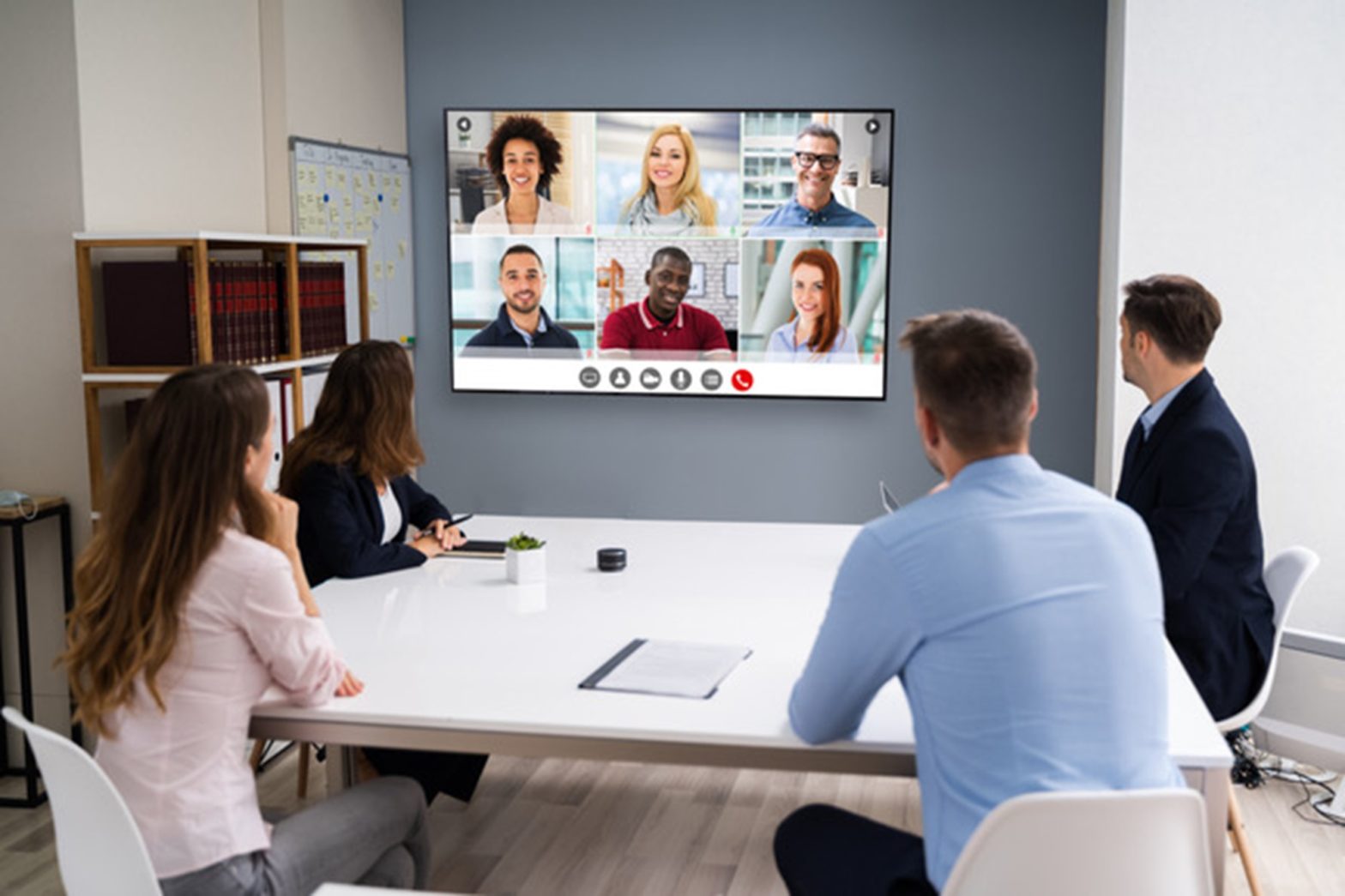With the ever-changing landscape of our employee workspace, creating equity within the workplace is more than a popular topic or initiative, it’s a necessity. Equity can have a lasting impact on an organization like increasing retention, internal promotions, and fostering dedication from employees to their jobs and their company for the long haul.
With the new challenges remote and hybrid employees are currently facing, many employees don’t feel that they are getting the treatment they deserve and are leaving their jobs at record numbers. So, how can we create a more stable and predictable workplace for our employees—one that aligns with the core values of a company, but also with the overall business goals? Managers must learn to effectively manage the dual zone: the hybrid and remote workforce.
It’s not an easy task, especially when, whether we like to admit it or not, remote workers face a greater challenge in avoiding biased perceptions from co-workers and managers simply because of the nature of their unsupervised workspace. This is something we must intentionally address and work to fix within our own spheres of influence.
Here are 3 tips to ensure your workplace is an equitable one:
1. Use Duties Rather Than Employees as Your Guide
Companies who once operated solely in person now have the difficult task of deciding which roles can be fully remote and which roles require a hybrid work format. The best way to avoid bias in this decision-making process is to first look at the job description of each role. Then you can determine which tasks within that job description are better suited for in-person work versus remote work. When you make it about the tasks rather than the individual contributor, previous judgements about that employee are less likely to cloud your judgement.
What do we mean by clouding your judgement?
Well, naturally, a star employee may be trusted to work remotely more than an average performer, or managers may tend to want to connect more in person with staff who are easier to manage. These biases, often gone unnoticed, can easily creep into the decision-making process when determining which kind of work format an employee will follow.
Tip Impact: When we are intentional about mitigating biases up front, employees are more likely to feel a sense of autonomy and predictability in their work life and the decisions around their workspace (i.e., remote or hybrid) are a result of fair assessment.
2. Remote Employees Need Impromptu Touchpoints Too!
Leaders are responsible for and should be mindful of granting equal access to their remote and hybrid staff. Those who are fully remote consequently don’t get the privilege of natural, impromptu relationship-building moments. Things like lunch breaks, hallway conversations, and the three minutes before a meeting starts all serve to build connections between coworkers and managers that lead to greater trust and a healthy and cohesive team.
How is this possible with remote employees?
If you have remote employees, you’ll need to be more intentional about relationship building time to simulate an in-person experience. These relationship building interactions may need to be inserted into your schedule to ensure they take place. You can build time at the beginning or at the end of meetings for people to share personal moments like binged watch shows, recent sporting or outdoor events, funny family or pet moments, etc. These moments can strengthen a sense of connection and reduce the feeling of isolation by your remote employees.
Tip Impact: These micro-relational deposits can add up to big gains over time. When employees feel a greater sense of trust with their manager, constructive feedback is received more openly. As an extra bonus, employees who have good working relationships with their manager are more likely to feel comfortable communicating their needs, which are important to understand especially since remote and hybrid employee needs are often different.
3. Visibility…A Primary Ingredient for Equitable Opportunities
Your remote and hybrid employees should always receive the same development and promotion opportunities, but there are challenges fully remote employees face in receiving a fair shot. Visibility is the main culprit in the disproportionate promotional opportunities remote employees tend to receive. Oftentimes, remote employees’ work goes unnoticed because their daily efforts go unseen. And though it’s not intentional, unlike hybrid employees, it can be harder for them to gain access to impromptu development opportunities.
How do I level the playing field?
Leaders must find ways to maintain high visibility of remote employees daily. One way is to be intentional about acknowledging their successes in group meetings and publicly recognizing notable contributions they make. When you praise employees out loud, coworkers and managers are more likely to remember their efforts and accomplishments.
Tip Impact: The clearer the path to success, the more committed employees will be. They’ll know that their goals are being acknowledged and will be able to see their future with the company and how to achieve it.
The three tips described above are some of the essential ingredients needed to be successful in cultivating an equitable workplace for both your hybrid and remote employees. If you, as a leader, can set up your employees for success by being agile and having the necessary resources to meet the individual contributor needs, your teams will be successful regardless of the workplace they inhabit.




